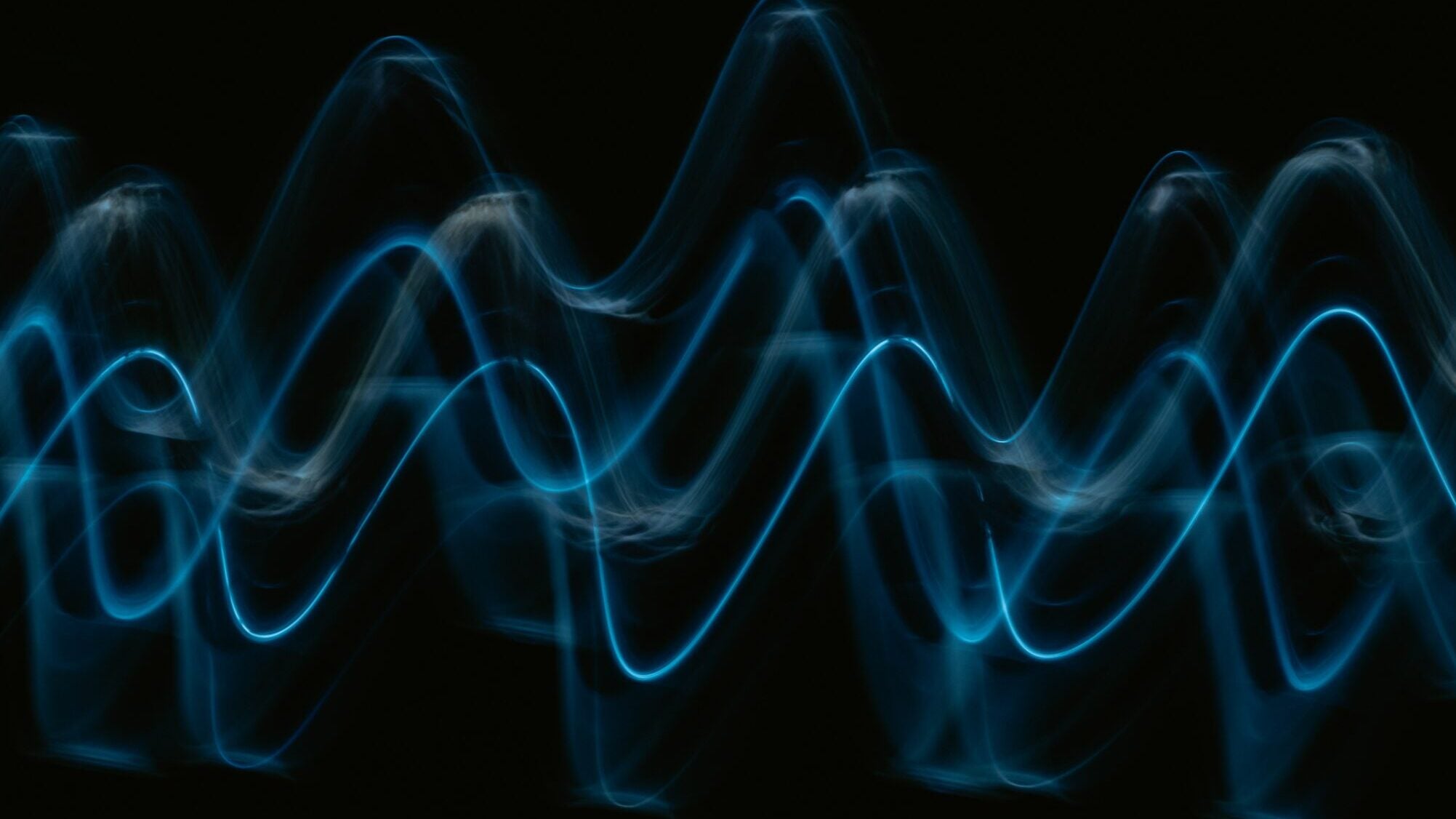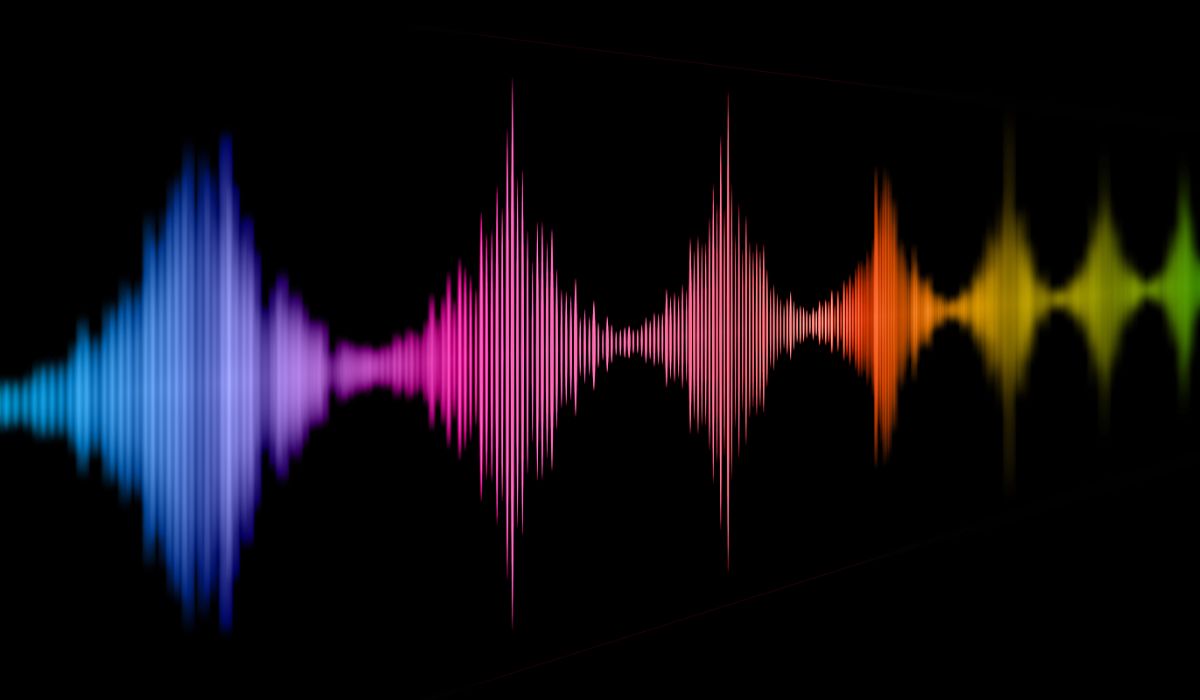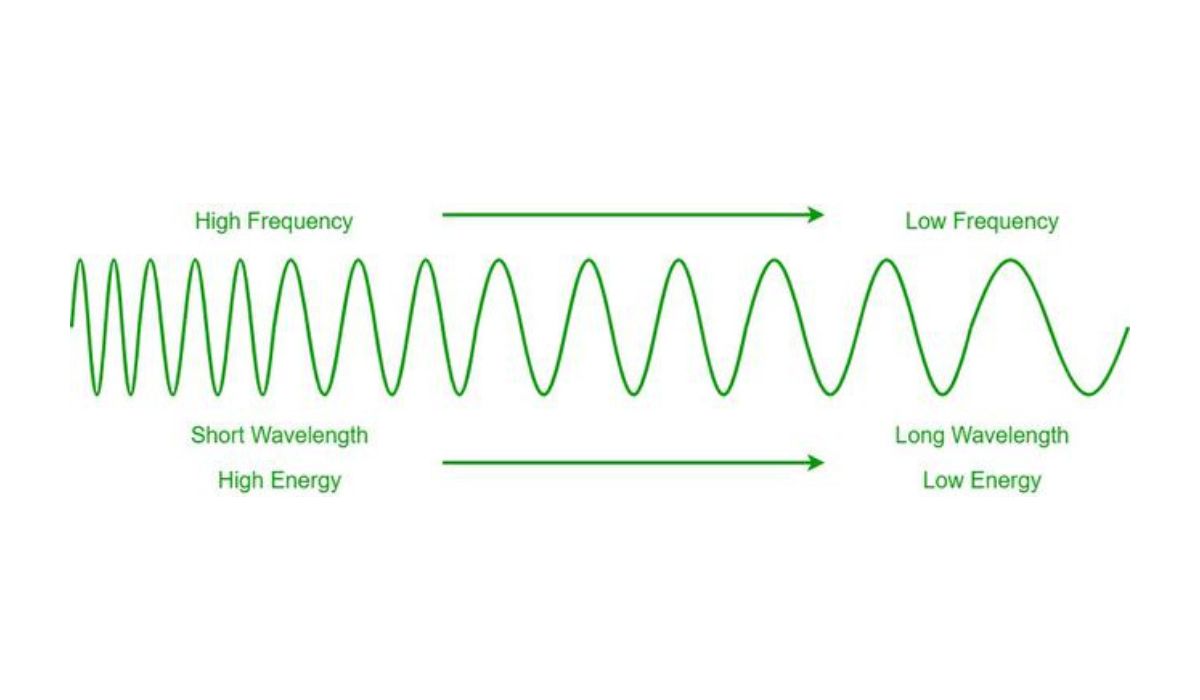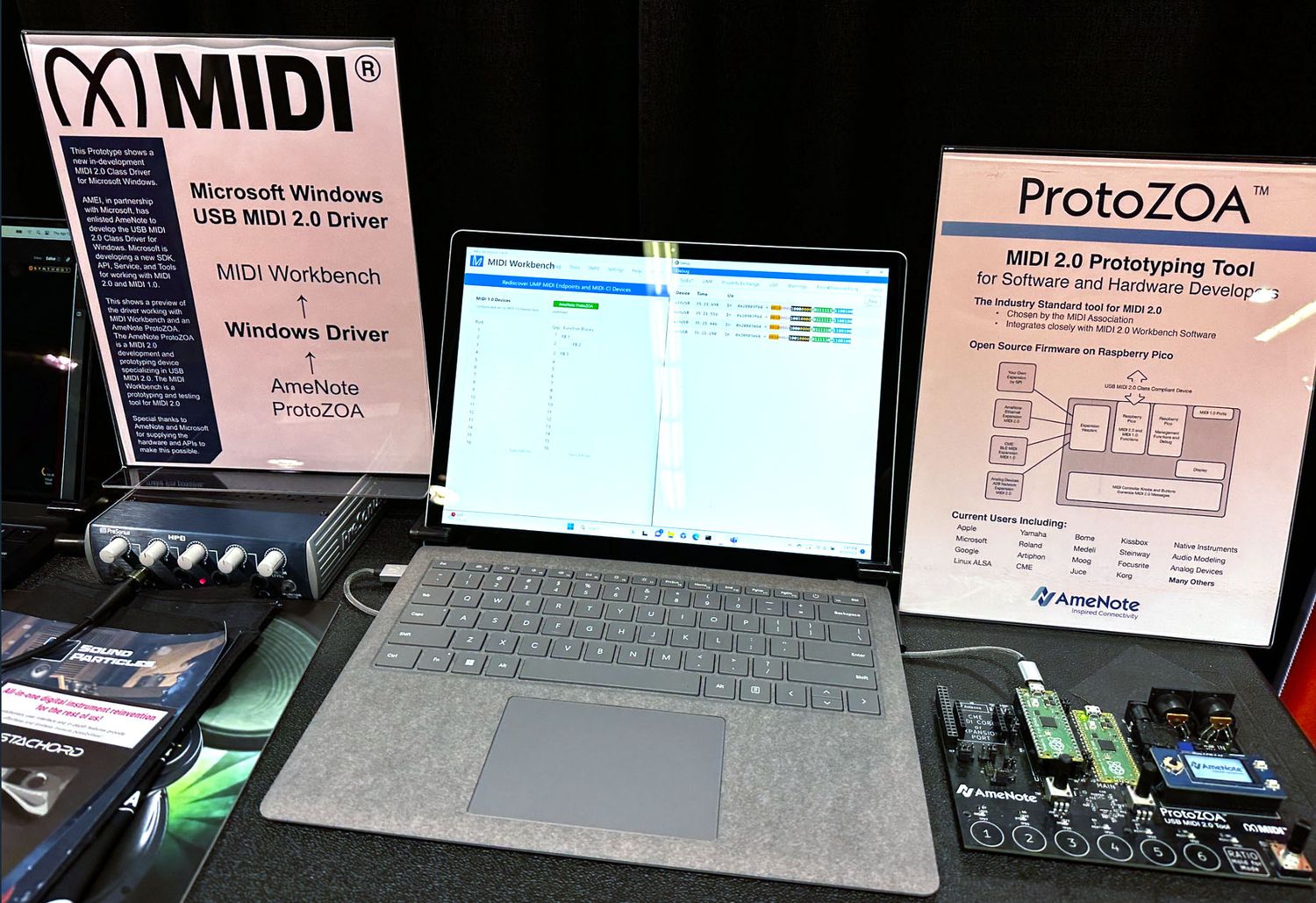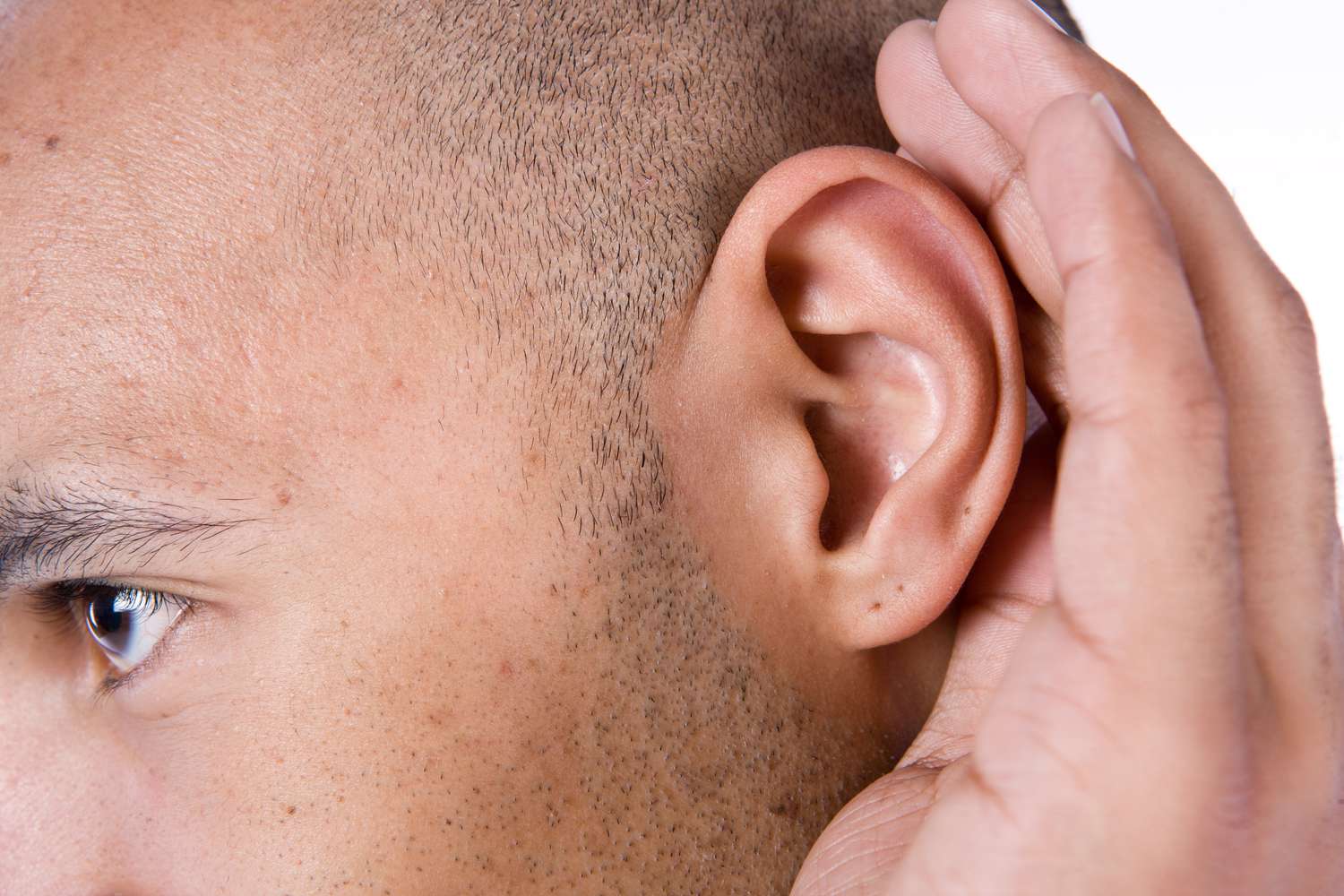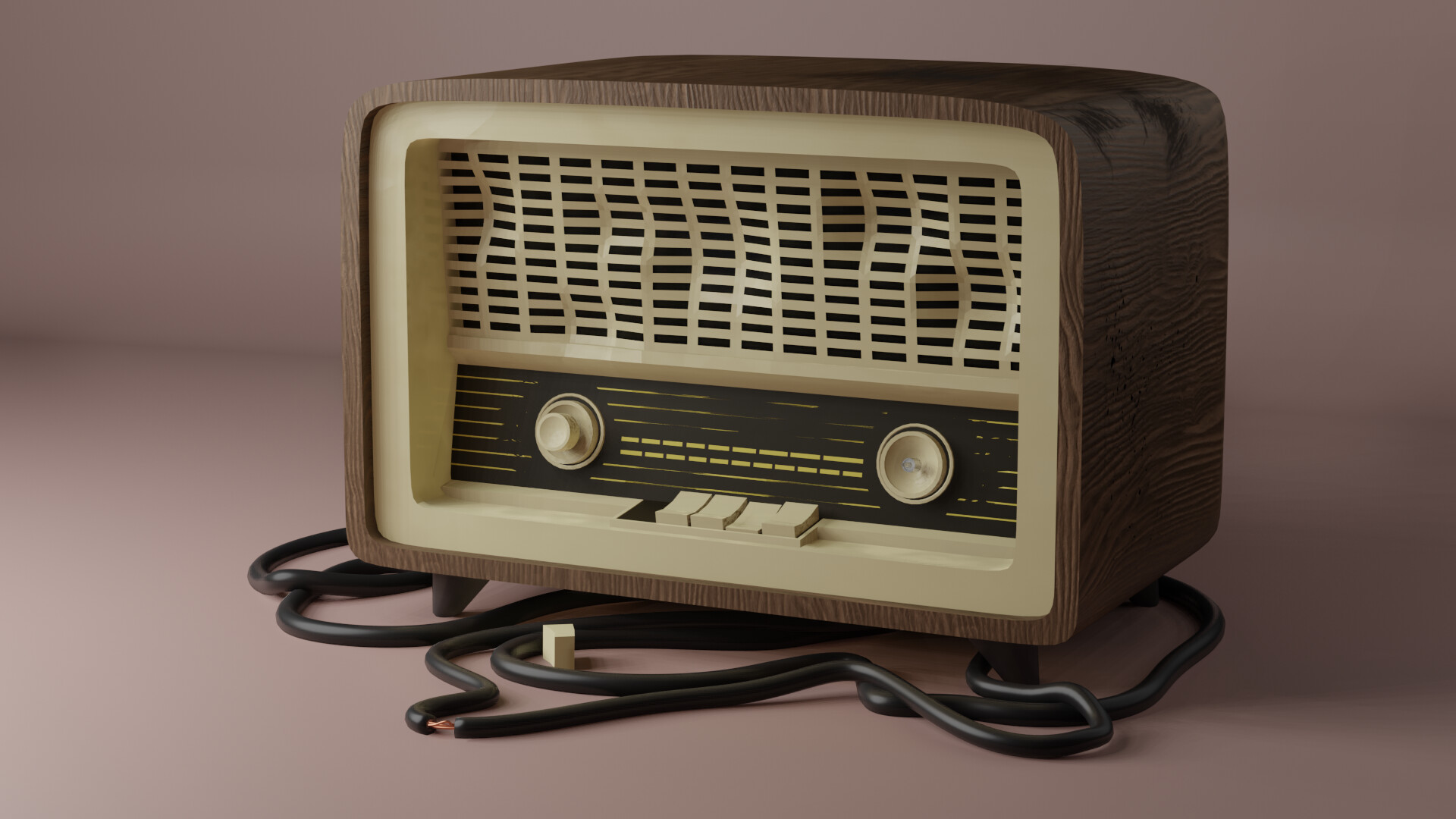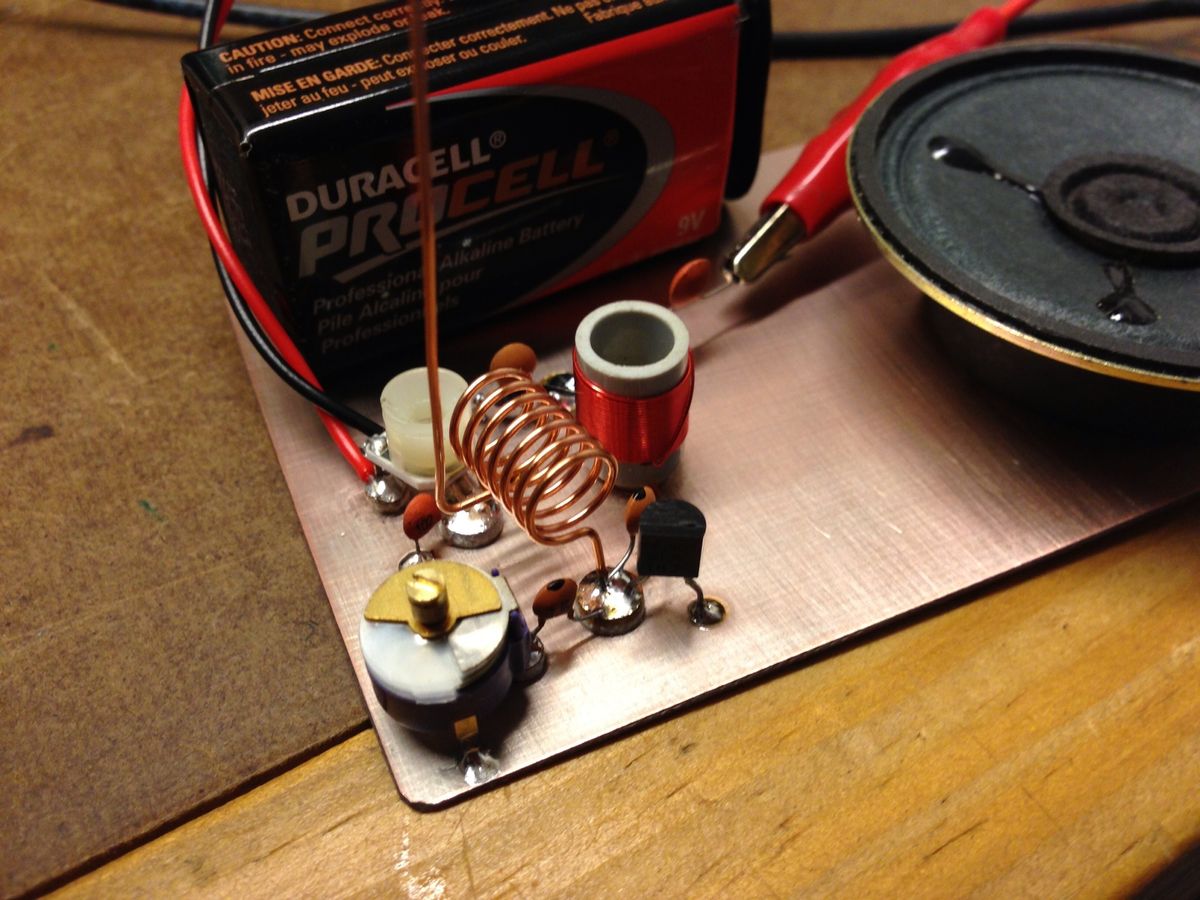Home>Devices & Equipment>Radio>How To Detect Radio Waves
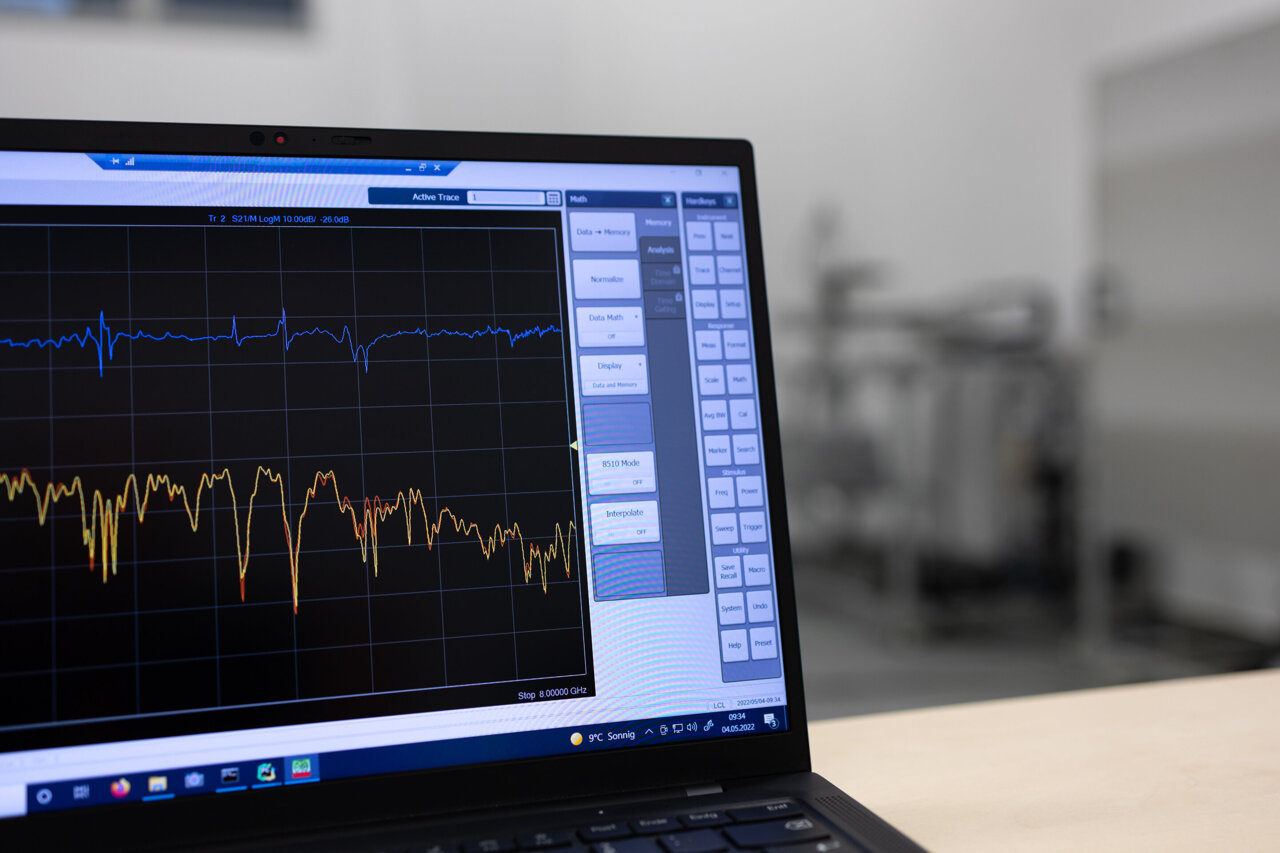

Radio
How To Detect Radio Waves
Modified: January 22, 2024
Learn how to detect radio waves and understand their properties. Discover the various methods and equipment used to analyze and measure radio signals.
(Many of the links in this article redirect to a specific reviewed product. Your purchase of these products through affiliate links helps to generate commission for AudioLover.com, at no extra cost. Learn more)
Table of Contents
Introduction
Radio waves are a fundamental component of modern communication systems, allowing us to transmit and receive information wirelessly. From the radio programs we listen to, to the cell phones we use, radio waves play a significant role in our daily lives. But have you ever wondered how these radio waves are detected?
In this article, we will explore the fascinating world of radio wave detection. We will delve into the equipment and techniques used to detect radio waves, as well as the importance of understanding radio frequency and its applications.
It is essential to understand that radio waves are a type of electromagnetic radiation, which means they are waves of electric and magnetic fields that oscillate at specific frequencies. When it comes to detecting radio waves, various devices and instruments are employed to capture and analyze these signals.
By understanding the science behind radio waves and how they are detected, we can appreciate the intricate network that enables seamless communication across vast distances.
So, if you’re ready to embark on a journey into the world of radio wave detection, buckle up and let’s get started!
Understanding Radio Waves
Before we dive into the various techniques used to detect radio waves, let’s first gain a basic understanding of what radio waves are and how they function.
Radio waves are a form of electromagnetic radiation, similar to visible light, microwaves, and X-rays. They are a type of low-frequency, long-wavelength radiation that can be generated and detected by specialized devices.
These waves are produced by oscillating electric charges, typically in an antenna, and can travel through space at the speed of light. They have different frequencies, measured in Hertz (Hz), which determine their properties and applications.
Radio waves are used for a variety of purposes, including broadcasting radio and television signals, wireless communication, radar systems, and even medical imaging technologies like MRI.
One notable characteristic of radio waves is their ability to travel long distances without significant loss of strength or quality. This is due to their long wavelength, which allows them to diffract or bend around obstacles, and reflect off surfaces, enabling long-range transmission.
Another key property of radio waves is their ability to be modulated or varied to carry information. By encoding the information onto the radio wave’s amplitude (AM) or frequency (FM), signals can be transmitted and received to convey audio, video, or data.
It is also important to note that radio waves exist in a spectrum, known as the electromagnetic spectrum, which includes other forms of electromagnetic radiation such as infrared, ultraviolet, and gamma rays.
By understanding the characteristics and properties of radio waves, we can now delve into the equipment needed to detect and analyze these signals. Let’s explore the tools and techniques used in radio wave detection.
Equipment Needed for Radio Wave Detection
Detecting radio waves requires specialized equipment and instruments designed to capture, analyze, and interpret these signals. Let’s take a closer look at the essential tools needed for radio wave detection:
- Radio Frequency (RF) Detector: An RF detector is a handheld device used to detect and measure radio frequency signals. It can provide information about signal strength, frequency, and modulation. RF detectors are portable and commonly used for detecting unauthorized transmissions or troubleshooting radio frequency interference.
- Spectrum Analyzer: A spectrum analyzer is a sophisticated instrument used to analyze the frequency spectrum of radio waves. It displays the amplitude and frequency components of a signal, helping identify specific frequencies and their respective strengths. Spectrum analyzers are commonly used in RF engineering, telecommunications, and research laboratories.
- Oscilloscope: An oscilloscope is a device that captures and displays the voltage waveform of electrical signals. It can be used for detecting and analyzing radio waves by connecting an antenna to the oscilloscope’s input. While not specifically designed for radio wave detection, an oscilloscope can help visualize the shape and characteristics of the signal.
- Antenna: An antenna is an essential component for capturing radio waves. It converts the electromagnetic energy of radio waves into electrical signals that can be processed by detection equipment. Different types of antennas, such as dipole antennas or directional antennas, are used depending on the intended application and desired reception range.
- Computer or Digital Receiver: A computer or digital receiver is often required to process and interpret the signals detected by the above-mentioned equipment. These devices allow for further analysis, decoding, and demodulation of radio wave signals. They are commonly used in fields such as radio astronomy, broadcasting, and telecommunications.
These are just a few examples of the equipment needed for radio wave detection. The specific tools used will vary depending on the purpose of the detection and the level of detail required in the analysis.
Now that we have an understanding of the equipment involved in radio wave detection, let’s explore the different techniques used to detect and analyze radio waves.
Detecting Radio Waves with a Radio Frequency (RF) Detector
A Radio Frequency (RF) detector is a handheld device that is commonly used to detect and measure radio frequency signals. It operates by picking up the electromagnetic energy emitted by radio waves and converting it into an audible or visual signal that can be detected and interpreted.
RF detectors are compact and portable, making them convenient for fieldwork and troubleshooting radio frequency interference. They are commonly used by technicians, radio enthusiasts, and security personnel.
To detect radio waves using an RF detector, follow these steps:
- Set the frequency range: Many RF detectors allow you to specify the frequency range you want to detect. This can help narrow down the search and focus on specific frequencies of interest.
- Tune the sensitivity: Adjust the detector’s sensitivity level according to the strength of the radio waves you wish to detect. Higher sensitivity settings can pick up weaker signals, while lower settings may be useful in high signal environments.
- Scan the area: Slowly move the RF detector around the area you want to survey. Keep an eye on the detector’s display or listen for any changes in the audio output. A spike or increase in the signal strength indicates the presence of radio waves.
- Identify the signal: Once you detect a signal, you can use the RF detector’s display or audio output to determine the frequency of the radio wave. Additionally, some RF detectors may provide information about the signal’s modulation or other characteristics.
RF detectors are a valuable tool for identifying unauthorized transmissions, monitoring signal strength, and diagnosing interference issues. However, it’s important to note that they are designed for general detection and may not accurately analyze complex signals or provide detailed frequency analysis.
For more in-depth analysis and precise frequency measurements, other specialized instruments like spectrum analyzers or oscilloscopes may be required. We will explore these techniques in the upcoming sections.
Now that we know how radio waves can be detected using RF detectors, let’s move on to another method called spectrum analysis.
Using a Spectrum Analyzer to Detect Radio Waves
A spectrum analyzer is a powerful instrument used for analyzing the frequency spectrum of radio waves. It provides a detailed visualization of the amplitude and frequency components of signals, allowing for precise detection and analysis.
Spectrum analyzers are commonly used in RF engineering, telecommunications, and research laboratories. They are capable of detecting and measuring a wide range of frequencies, from low-frequency signals to microwave frequencies.
Here’s how a spectrum analyzer can be used to detect radio waves:
- Connect the antenna: Start by connecting the antenna to the spectrum analyzer. Make sure the antenna is suitable for the desired frequency range and application.
- Adjust the settings: Set the frequency range and span on the spectrum analyzer according to the signals you want to detect. The frequency range determines the lower and upper limits of the spectrum, while the span specifies the frequency range that will be displayed on the analyzer.
- Scan for signals: Initiate the scan or sweep function on the spectrum analyzer. It will sweep through the specified frequency range and measure the signal levels at various frequencies. The spectrum analyzer will display a graphical representation of the signals detected.
- Analyze the results: Examine the displayed spectrum to identify any significant peaks or spikes. These indicate the presence of radio waves at specific frequencies. The height of each peak represents the signal strength, while the position indicates the frequency of the signal.
- Further analysis: Depending on the capabilities of the spectrum analyzer, additional features such as modulation analysis, spectrograms, and signal demodulation may be available. These allow for deeper analysis and characterization of the detected radio waves.
By using a spectrum analyzer, you can gain valuable insights into the frequency content and characteristics of radio waves. This information is crucial for various applications, including signal troubleshooting, interference detection, and spectrum monitoring.
However, it’s important to note that spectrum analyzers can be complex instruments and require a solid understanding of RF engineering principles to interpret the results accurately. For less technical users, simpler methods like RF detectors may be more appropriate.
Now that we have explored the use of a spectrum analyzer for radio wave detection, let’s move on to another technique called using an oscilloscope.
Detecting Radio Waves with an Oscilloscope
An oscilloscope is a versatile instrument primarily used to measure and display electrical waveforms. While not specifically designed for radio wave detection, an oscilloscope can be utilized to visualize and analyze radio waves by connecting an antenna to its input.
Here’s how you can use an oscilloscope to detect radio waves:
- Connect the antenna: Start by connecting the antenna to the input of the oscilloscope. Ensure that the antenna is suitable for the frequency range you want to detect.
- Set up the oscilloscope: Set the oscilloscope’s timebase and voltage scale settings to capture a clear and accurate representation of the radio wave signal. Adjust the vertical position to ensure the waveform stays within the visible range on the screen.
- Position and focus the waveform: Adjust the horizontal and vertical position controls to center the waveform on the screen. Use the focus control to enhance the sharpness and clarity of the displayed waveform.
- Trigger the oscilloscope: Depending on the desired triggering option, set the oscilloscope’s trigger to auto or external mode. The trigger is used to stabilize the waveform and synchronize it with the input signal.
- Observe the waveform: Once the setup is complete, you will be able to see the radio wave’s voltage waveform on the oscilloscope screen. The shape, amplitude, and frequency of the waveform will provide valuable information about the detected radio wave.
An oscilloscope allows you to visualize the characteristics of radio waves in real-time. By analyzing the waveform, you can gain insights into the frequency, amplitude, and modulation of the signal.
Although an oscilloscope provides a visual representation of the radio wave, it may not provide as detailed frequency analysis as a spectrum analyzer. However, it can be a useful tool for educational purposes, basic signal analysis, and troubleshooting radio wave reception issues.
Now that we have learned about using an oscilloscope for radio wave detection, let’s explore another method known as conducting a field survey.
Conducting a Field Survey for Radio Wave Detection
Conducting a field survey is another technique that can be employed to detect and analyze radio waves. This method involves physically traversing an area while using specialized equipment to identify and measure the presence of radio wave signals.
Here are the steps involved in conducting a field survey for radio wave detection:
- Plan the survey area: Determine the specific area or locations you want to survey for radio waves. This could be a specific building, outdoor space, or even an entire city.
- Select the equipment: Choose the appropriate equipment for the survey, such as an RF detector, spectrum analyzer, or other specialized detection tools. Consider factors like frequency range, sensitivity, and the level of detail required for your analysis.
- Calibrate the equipment: Before starting the survey, ensure that the equipment is properly calibrated and adjusted for accurate measurements. Follow the manufacturer’s instructions to calibrate the instruments to obtain reliable results.
- Systematically move through the area: Begin walking or systematically moving through the survey area while actively using the detection equipment. Scan for radio wave signals and record any notable findings, including signal strength, frequency, and any potential sources of interference.
- Document the findings: Keep detailed notes and records of the detected radio wave signals. Note the location, time, frequency, and any relevant information about the signal characteristics. This documentation will be valuable for further analysis and comparison.
- Analyze the data: Once the field survey is complete, analyze the collected data using the appropriate tools. Use the recorded information to identify patterns, sources of interference, and any noteworthy findings relating to the radio wave signals detected during the survey.
Conducting a field survey allows for a comprehensive examination of the radio wave environment in a specific area. It is particularly useful for identifying signal coverage, sources of interference, wireless network performance, and compliance with regulatory guidelines.
Remember to comply with any legal and regulatory requirements when conducting field surveys, especially in sensitive areas or when dealing with transmission devices that may require authorization.
Now that we have explored the various methods of detecting radio waves, let’s conclude our discussion.
Conclusion
Detecting radio waves is a fascinating process that involves specialized equipment and techniques. Through the use of tools such as RF detectors, spectrum analyzers, oscilloscopes, and field surveys, we can uncover the invisible world of radio frequency signals and gain valuable insights into their characteristics.
Radio waves, a form of electromagnetic radiation, play a vital role in our modern communication systems. Understanding how to detect and analyze these waves allows us to troubleshoot interference issues, optimize signal reception, and ensure compliance with regulatory guidelines.
RF detectors provide a portable and accessible method to detect radio waves, making them an essential tool for technicians and security personnel. Spectrum analyzers offer more sophisticated analysis, enabling precise frequency measurement and detailed spectrum visualization.
Oscilloscopes, while not specifically designed for radio wave analysis, can still be used to visualize and analyze radio waveforms, providing valuable insights into their characteristics.
Conducting a field survey allows for a comprehensive examination of the radio wave environment, providing a holistic view of signal coverage, interference sources, and network performance in a specific area.
Whether you are a radio enthusiast, RF engineer, or simply curious about the world of radio waves, understanding the techniques and equipment used for their detection is key to unlocking their mysteries.
By delving into the science of radio wave detection and utilizing the appropriate tools, we can continue to advance our understanding of wireless communication, promote efficient signal transmission, and harness the power of radio waves for various applications.
So, the next time you tune in to your favorite radio station or use your wireless device, take a moment to appreciate the complex network of radio wave detection that enables seamless communication in our modern world.

